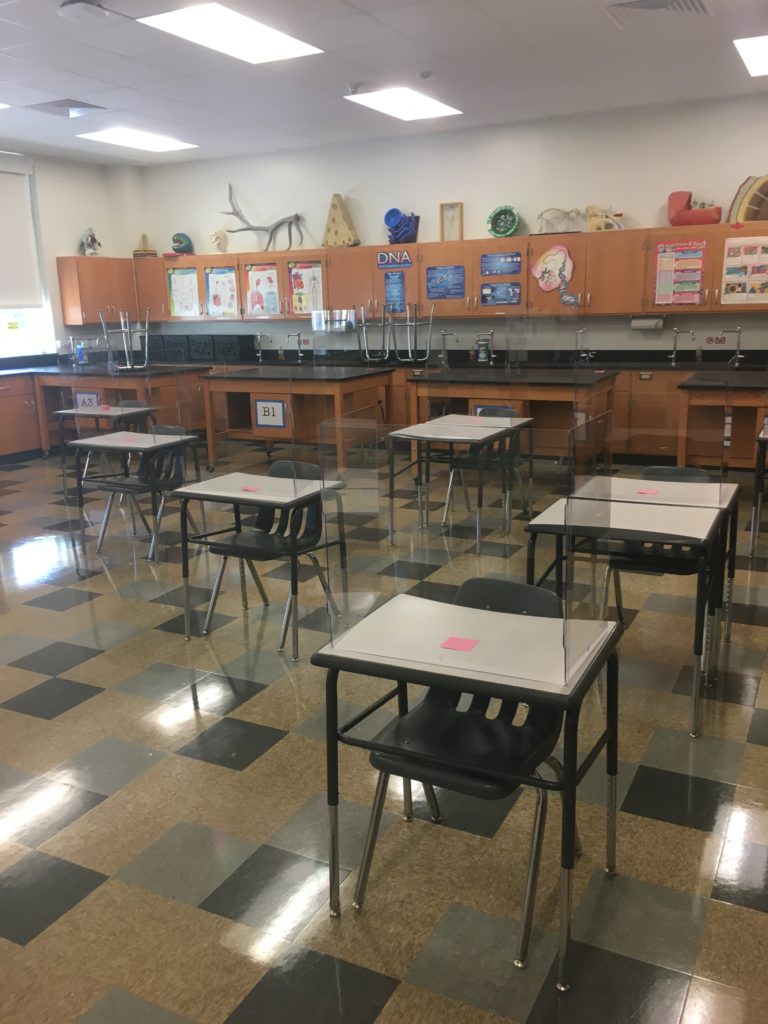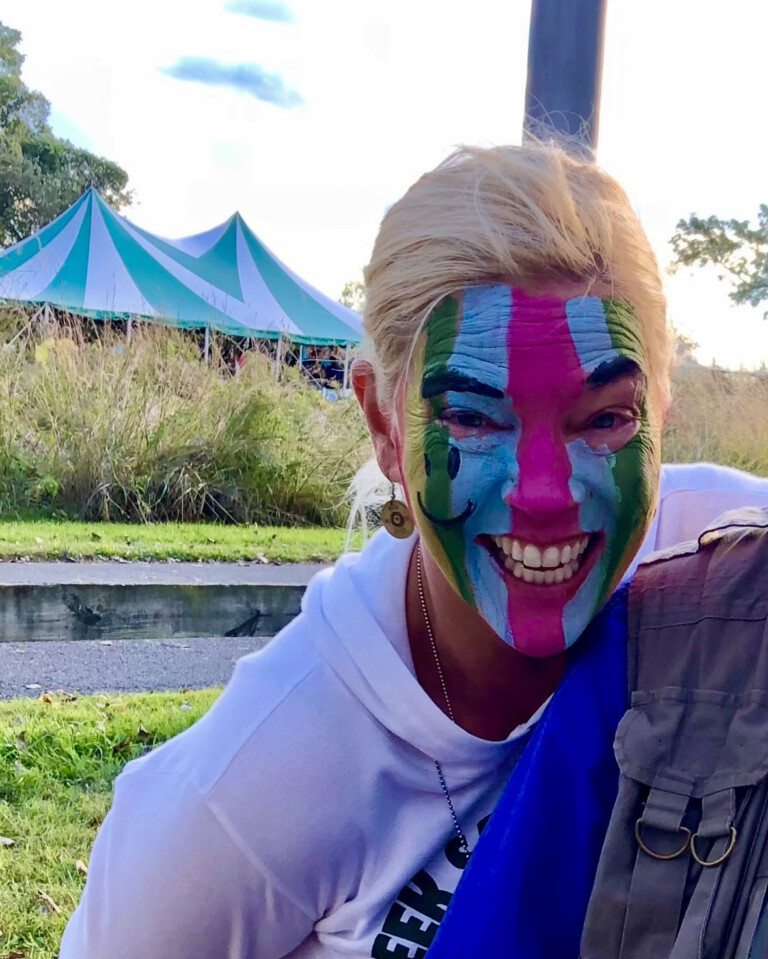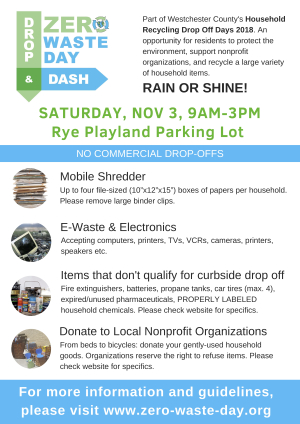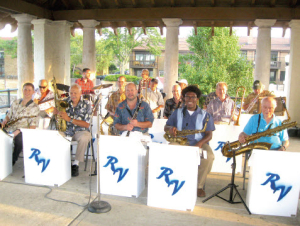High Water Quality Failure Rates for Rye in Save the Sound Study
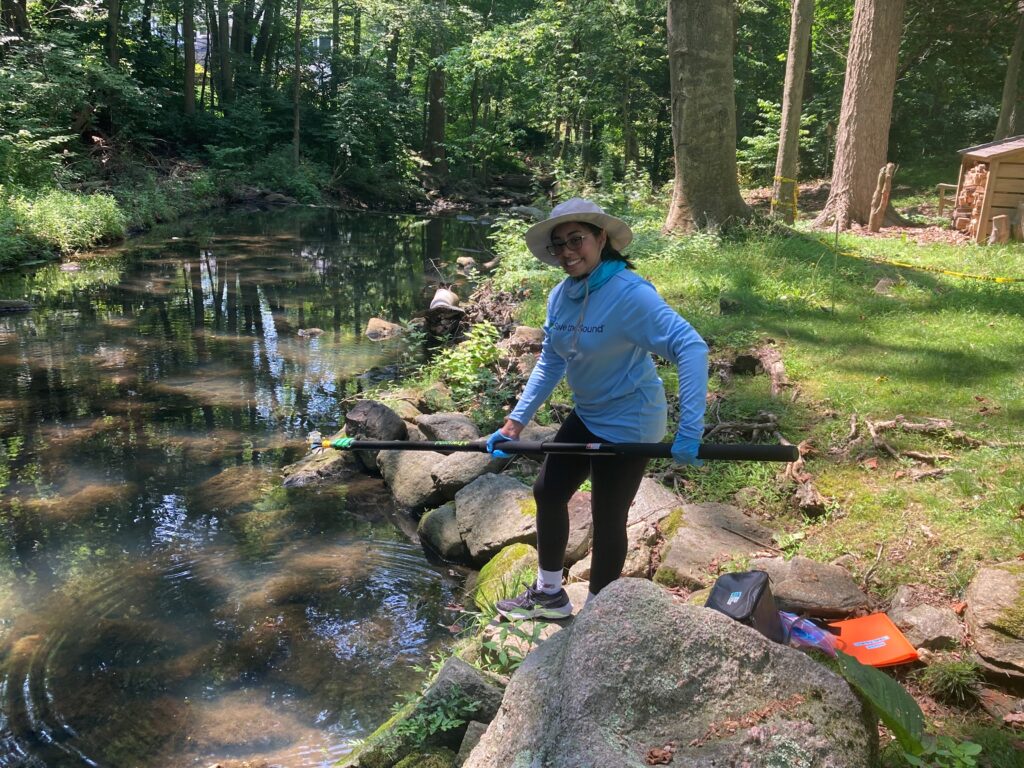
Save the Sound’s 10th season of conducting fecal bacteria monitoring in the western Long Island Sound does not look good for the City of Rye. Testing continues to show high water quality failure rates in Rye and across the Blind Brook and Beaver Swamp Brook watersheds.
“We’re not seeing signs of things really getting any better,” said Save the Sound director of water quality Peter Linderoth. “People deserve to be able to wade in their local waters without worrying about getting sick.”
The results from the 2023 monitoring season show that 64 percent of the samples collected across 65 sites from Greenwich through Westchester County, and into Queens and Nassau County, failed to meet safe swimming criteria. That overall failure rate, measured against criteria used in Connecticut and New York to monitor and manage beaches, is up 8 percent from 2022, and up 15 percent from 2016. 777 water samples were collected in the 2023 study.

“Some of the increase can be attributed to the addition of three new stations this season, all in Westchester County: two on Blind Brook and one on a tributary to Beaver Swamp Brook,” said Linderoth, who noted that 32 of the 36 samples (88.9%) from those sites failed. “Our staff will be conducting field investigations around these stations with a focus on identifying and correcting any sources of pollution we find ensuring that water quality meets the swimmable, fishable objectives outlined in the Clean Water Act.”
The group is looking to complete field investigations this fall before winter sets in. They walk the various watersheds looking for various sources of pollution. Sometimes homeowners are not even aware that their sewer lines are illegally plumbed to stormwater pipes instead of sewer pipes. Other times there are degraded underground pipes leaking sewage.
“Sewage starts to ooze out and can contribute to high levels [of fecal matter],” said Linderoth.
Stormwater and stormwater across a hardened surface (think parking lots and roads) is another culprit.
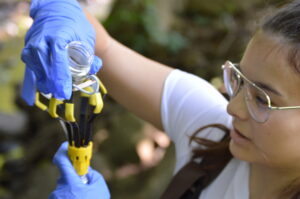
“Stormwater picks up all kinds of pollutants from the road including pathogen indicator bacteria, so any area that has a lot of hardened surfaces, roads, roofs, parking lots, is going to – unless that stormwater is managed in a way where it’s not just directly discharged into a river or the sound is – likely going to have issues with bacteria in the water after rain events.”
Save the Sound will then work closely with local municipalities to address any issues. Some of the actions used in mitigation are rain gardens (like the one at the Rye Art Center) and bioswales in parking lots, something that has been discussed locally. Once there is real, scaled adoption of these strategies, water can be slowed and filtered, helping with both flooding and pollution mitigation.
| Save the Sound Sampling Location | 2023 Failure Rate |
| Blind Brook at Purchase Street, Rye, NY (near Ridge) | 83% |
| Blind Brook at Rye Nature Center, Rye, NY | 100% |
| Beaver Swamp Brook at Greenwood Union Cemetery, Harrison, NY | 75% |
| Playland Lake at Edith Read Natural Park, Rye, NY | 50% |
| Rye Playland Park, Rye, NY | 50% |
| Blind Brook at Disbrow Park, Rye, NY | 83% |
| Rye Marshlands Conservancy, Rye, NY | 17% |
| Beaver Swamp Brook at Rye Neck High School, Mamaroneck Village, NY | 100% |
The failure rate for samples taken in wet weather conditions (73 percent), when a half-inch of rainfall or more occurred in the 72 hours prior to collection, decreased by 1 percent. As in all past years, fecal contamination levels were higher after rainfall at most locations. Dry weather samples failed 44 percent of the time, up 3 percent from 2022.
Samples were collected by community scientists, trained by Save the Sound staff, once a week over the course of the 12-week monitoring season. Those samples are delivered to the group’s John and Daria Barry Foundation Water Quality Lab in Larchmont, where they were analyzed by our full-time and seasonal staff for the presence of fecal indicator bacteria: Enterococcus in marine water, E.coli in freshwater. The level of FIB in a sample is used to determine whether waters are safe for swimming.
In the 2023 season, rivers remained the most polluted sites, failing 79% of the time.
“This is particularly problematic because many of these rivers run through communities and carry unacceptable levels of fecal contamination, posing a risk to human health,” said Linderoth.
Embayments (47%) and shoreline sites (29%) still passed more than half the time, though both failure rates were up from 2022. Greenwich Cove in Greenwich, CT, was the only location without a failing sample in 2023.
Nine New York locations failed 100% of the time: four in the Village of Mamaroneck (Mamaroneck Harbor East Basin, Beaver Swamp Brook at Boston Post Road, Beaver Swamp Brook at Rye Neck High School, Mamaroneck River at Station Park Road), three in Mount Vernon (Glover Field, an outfall at Farrell and Beechwood, upstream of Farrell and Beechwood), and one in Rye (Blind Brook at Rye Nature Center) and Saddle Rock (Udalls Mill Pond).
“If you see something that looks suspicious coming out of a pipe while you’re out on the boat, kayaking, walking, whatever you’re doing – let us know,” said Linderoth. You can email the group at pollution@savethesound.org – do your best to include photographs and the GPS coordinates (a map pin) of the location.

